September 1-9, 2022
As we woke, a solitary loon floated on the lake 100 feet from shore, sleeping, with his head tucked over his back. While the setting was beautiful, it had been a less than perfect campground because of truck traffic, as we were pretty close to the road. The Alcan was closed to trucks because of bridge work and now those trucks had to take the slower and narrower Cassiar Highway. It seemed many truckers were trying to make up the lost time by driving later into the night.
The morning was foggy again. Last night’s shimmering lake with a snowy mountain backdrop was now blanketed by mist with no mountains visible.
Susan told me as we were getting up that she’d been very nauseous in the middle of the night and when nature called and she stepped outside she was afraid she was going to be sick and had to stay outside awhile. I said she should have awakened me and I’d have helped her. How, she asked? I’d watch for bears while you were puking…
We laughed but there was truth to it. Within a minute of leaving our camping spot, we saw a bear by the side of the road. Another ambled off ten minutes farther down.
This section of the Cassiar Highway was said to be even more beautiful than the part we’d driven yesterday. But once again the weather prevented us from seeing much. Rain, fog and clouds hid most of it with a rare sighting of snow-capped peaks revealing themselves when clouds briefly parted. Disappointed, we pressed on, missing mile after mile of mountainous beauty.
Unfortunately, neither of use was feeling very well. My cough and cold symptoms had worsened. Susan was feeling off after the nausea during the night and now had a headache and a tickle in her throat. And we were both tired, perhaps from the trucks keeping us up during the night—I hoped.
We stopped at a pretty little provincial campground for a late breakfast and Susan decided to dig out our Covid tests. Somehow, somewhere deep in the Arctic or perhaps in the wilds of far northern Alaska we’d picked up Covid—it truly seemed impossible to have gotten it in such a remote place with nominal exposure to humanity, but the results were unmistakably positive.
What to do? We were both fully vaccinated and boosted and hoped our bout of Covid would not be too severe. But neither of us felt very well and what if one of us got really sick? We were truly in the middle of nowhere—over 500 miles from a town large enough to have medical facilities or even a pharmacy and some 1,800 miles from home. At least with extremely few people anywhere around we weren’t likely to infect anyone else.
Susan pulled up her map and found that the nearest sizeable town, Prince George, BC (pop. 76,800)—was 500 miles away. So, Susan took a Tylenol, I took some DayQuil and we drove. And then we drove some more. We weren’t sure how far we’d get or what we’d do exactly, but we couldn’t stay where we were.
When we reached the end of the Cassiar Highway around noon, we finally left the cloud-obscured peaks and glaciers behind. During the next hour or so the clouds lifted, the temperature warmed and the land became rolling countryside with distant mountain peaks. We were so glad for sunshine and warmth that we didn’t even mind that they didn’t arrive until after we were past the (apparently) spectacular mountains.
We were moving more quickly now. The road was consistently a “real” road with good paving, stripes, and no potholes. Farmland appeared and cars were moving more quickly now. We were heading back toward civilization and it felt peculiar.
And we felt peculiar. Covid definitely didn’t feel like just a cold. Even if we hadn’t gotten sick, driving hundreds of miles a day through lots of rain and fog and on some harsh roads had taken a toll. We were both really tired.
As we continued down the highway, we talked about next steps. How should we handle the rest of the trip? At this point, all we could plan was for today. We always bring a medical kit when we travel, complete with a thermometer. At least neither of us had a fever. But Susan did not feel up for camping with another night of possible nausea in the woods with bears around. And I needed to be in a warm place. We needed a hotel. And we’d have to find a way not expose anyone else there—we had masks and hand sanitizer at the ready.
We decided to try to make it all the way to Prince George. In addition to having relatively inexpensive hotels, it had pharmacies and even a hospital. Plus, the weather was forecast to be good. We’d stay away from people as best we could.
It was a very long day of driving for two sick people but we made it by late afternoon. Fortunately, the town was almost empty as everyone seemed to have left for the holiday weekend (it was the Thursday before what Canada calls “Labour” Day weekend)—probably the best place we could have stopped. We arrived at the hotel before dark, masked up, remotely checked in, showered, and went straight to bed without any supper.
Prince George was an attractive enough little town but there was no “there” there. Hardly any people (good thing, given our Covid), almost no stores open and absolutely no traffic. There were very few open restaurants for takeout, which we learned was either because they were low on food or had no workers, so we were glad we still had a lot of our own from when we stocked up in Whitehorse a few days before. And we were glad we’d brought a boxful of masks.
After a couple of nights at the hotel in Prince George, we were still sick but decided to get back in the truck and start driving again. We were still some 1,250 miles from home and that was where we needed to be. Leaving Prince George, there were small towns here and there and the roads had (slightly) more traffic than we’d grown accustomed to on this trip.
At one point as we were driving at 70 mph, Susan wondered aloud what kind of wildlife might be around these parts. I said the usual, deer, elk, black bears. As if on cue, a large black bear then sprinted across all four lanes right in front of us moving faster than I’d ever seen a bear move. A little later, a coyote crossed the road in front of us, ears flat as he raced in front of another car. Not for the first time, we commented that Canada just doesn’t have that many people (but has lots of wildlife).
Along the road, the terrain changed to desert-like hills and canyons, something we hadn’t experienced since leaving the lower 48 a month before. And, thankfully, it was warm. After six or seven hours of driving we were (more than) ready to stop and rest for the night but smoke got in the way.
As we returned to mountainous terrain, we saw the smoke in the distance before we were close enough to smell it. We were driving directly toward it. The area was too remote for a cell signal so we had no idea how widespread it was or how it might impact us.
When we reached the pretty little mountain town of Liloolet, BC half an hour later, the smoke was heavy. And it was now curiously hot—well over 90, which we hadn’t felt for weeks. We stopped at the side of the road in town where there was a cell signal and found there were several fires nearby, all lightning-caused. We also learned that all the camping areas in the nearby adjacent forests were closed due to the fires and all the nearby hotels were full.
Rain was forecast just over the mountains so our choice seemed to be smoke (if we even could find a place to camp in the smokey area) or rain. Having had our share of wildfire smoke at home, we pressed on, driving really close to the fires.
We now were on the beautiful Sea to Sky Highway that runs from the mountains north of Whistler south to the sea near Vancouver. We headed down the picturesque, if smokey, road alongside a rushing river and soaring peaks until about an hour later we found another wide-open gravel area where we could privately camp for the night. We didn’t know if we were still in the rain zone but at least the smoke was far behind and we were glad we were camping even though we weren’t feeling well. Our travel lifestyle allowed us to be socially distant when necessary.
Our campsite was exposed to the wind, which rocked the truck with gusts. The expected rain might make the road out slippery but we weren’t too worried, having found our way out of many slippery areas before. Four-wheel-drive was a button push away. Meanwhile, we knew we’d be snug. We had creeks rushing on both sides of us, wind blowing in the tall pines nearby and a night with building clouds. Perfect.
We realized that this adventure was drawing to a close about ten days earlier than we’d anticipated, and at this point we were feeling the tug of home with a comfy bed and access to medical care if we needed it. We’d planned several more stops along the way home but now the only thing to do was head for California and return another time to explore some of the most beautiful parts of British Colombia.
We made it home several days later, always staying clear of other people as best we possibly could. Though we both felt pretty miserable during the drive, we at least were driving through some of the journey’s most spectacular scenery. Covid cut our trip short but we were glad it hadn’t caught us until we’d seen both Alaska and the Arctic Ocean.

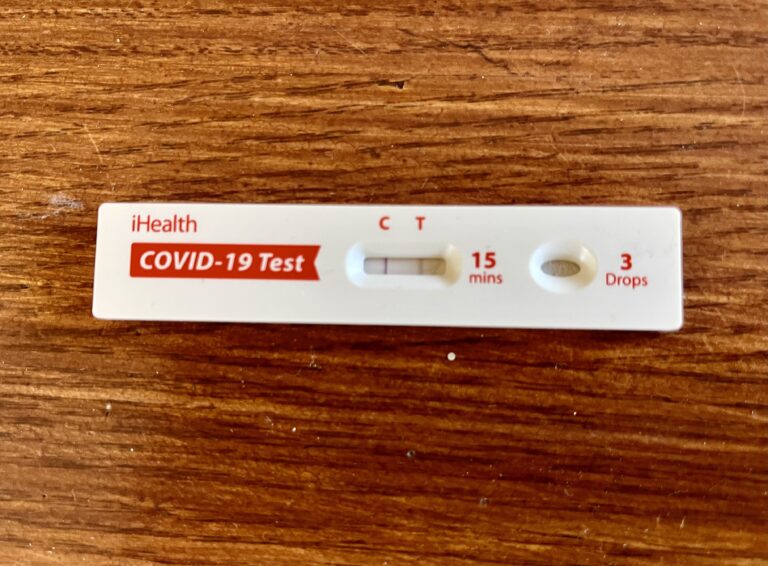
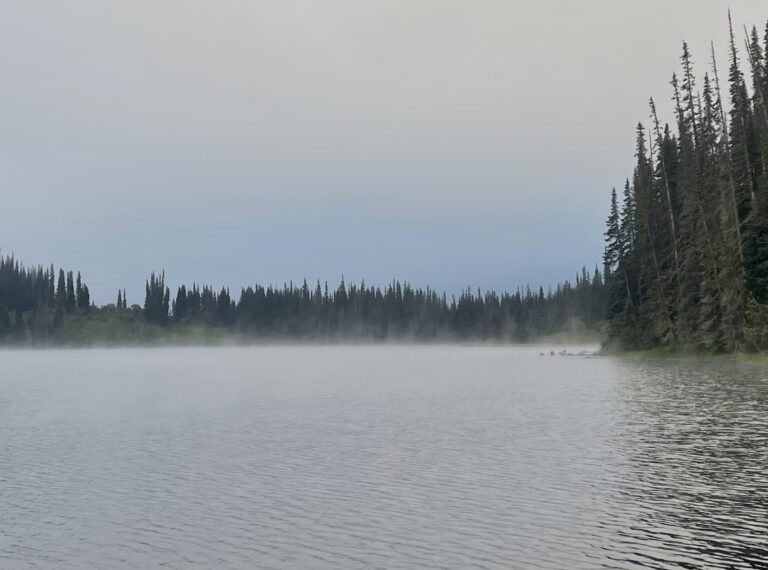
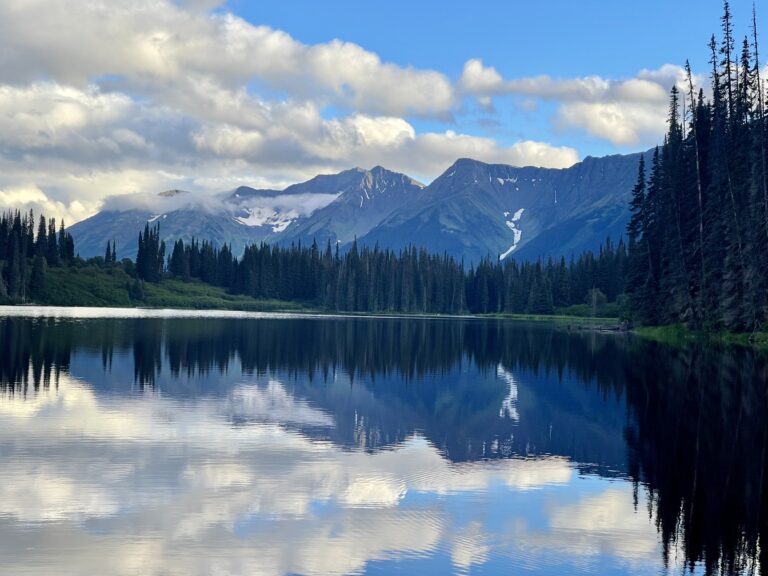
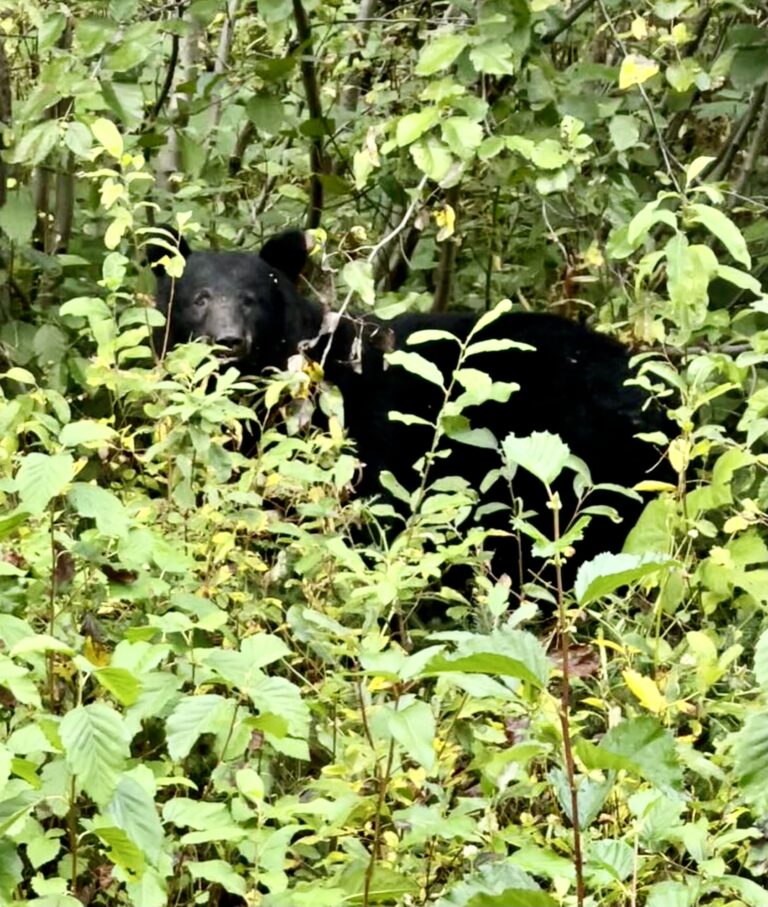
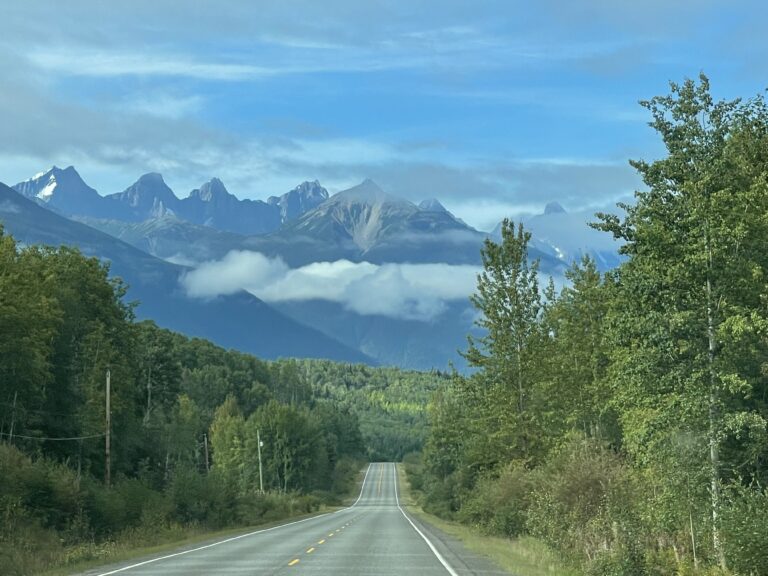
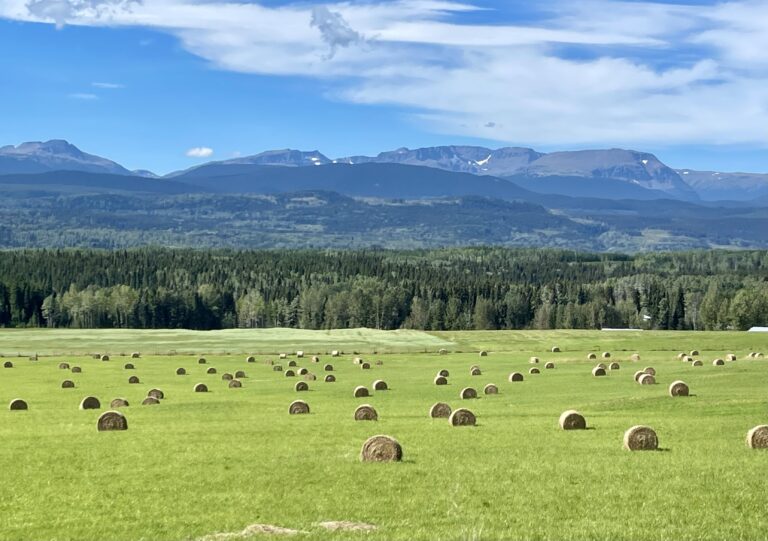
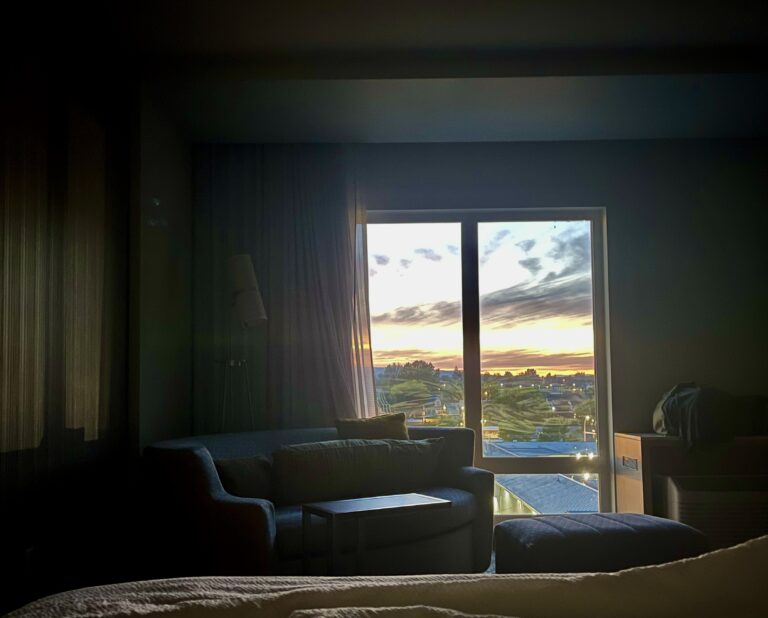
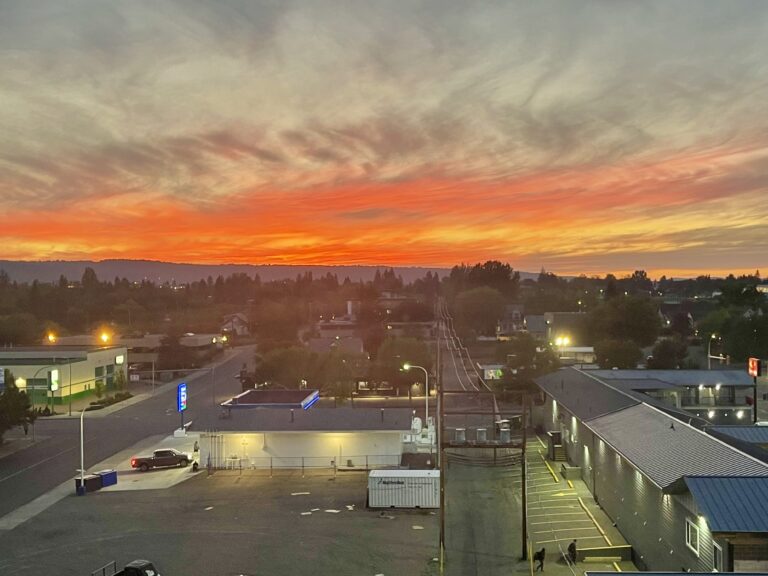
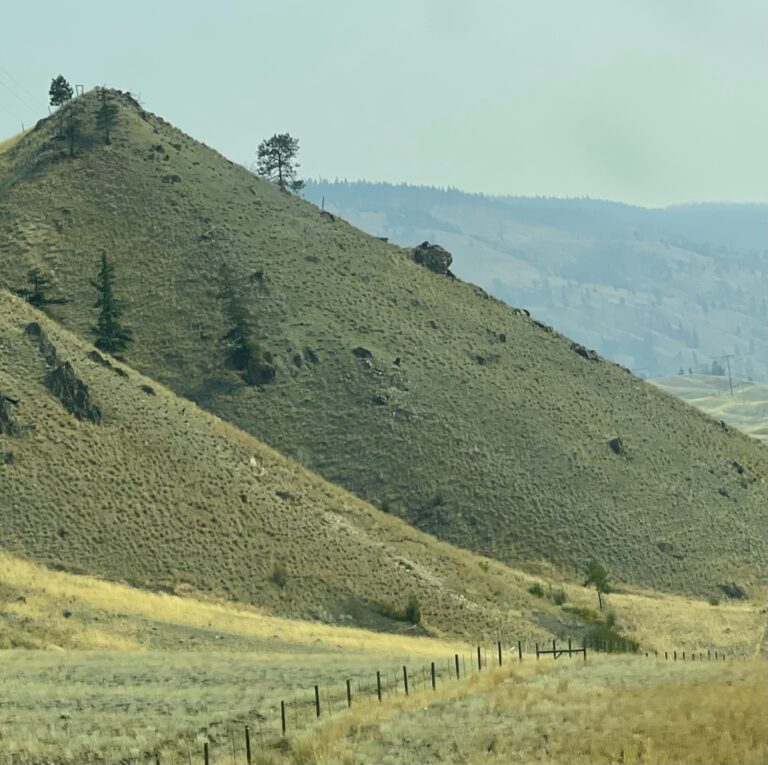
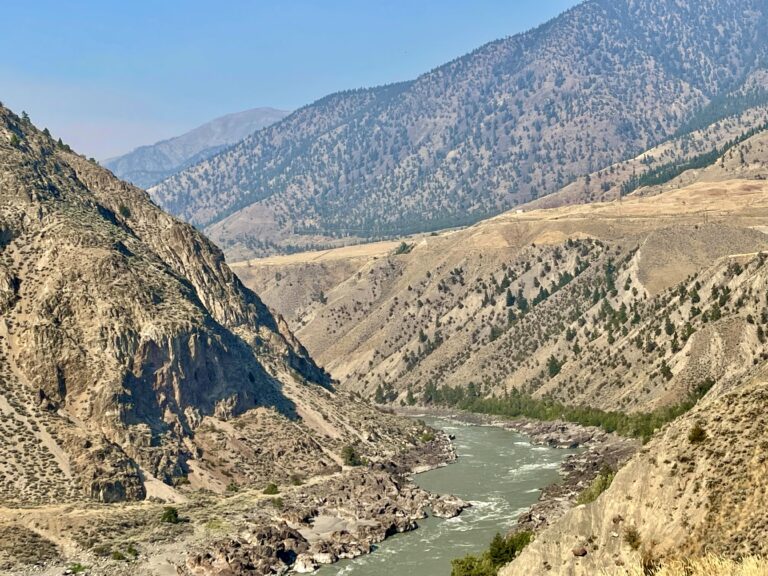
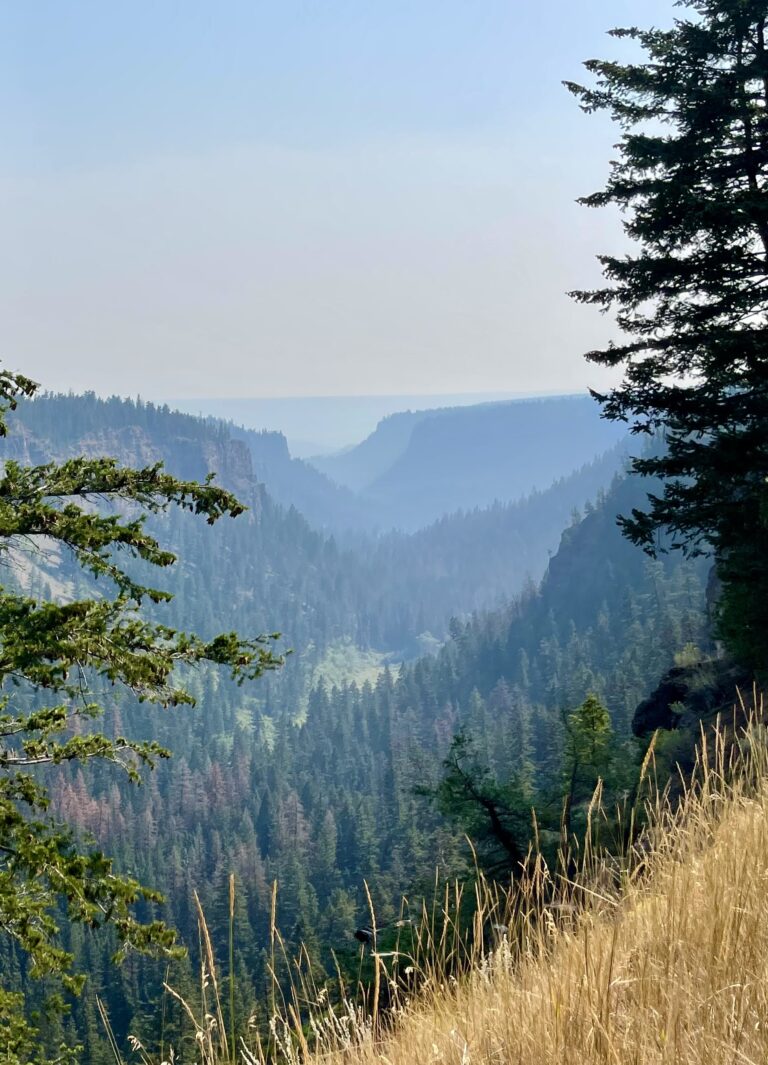
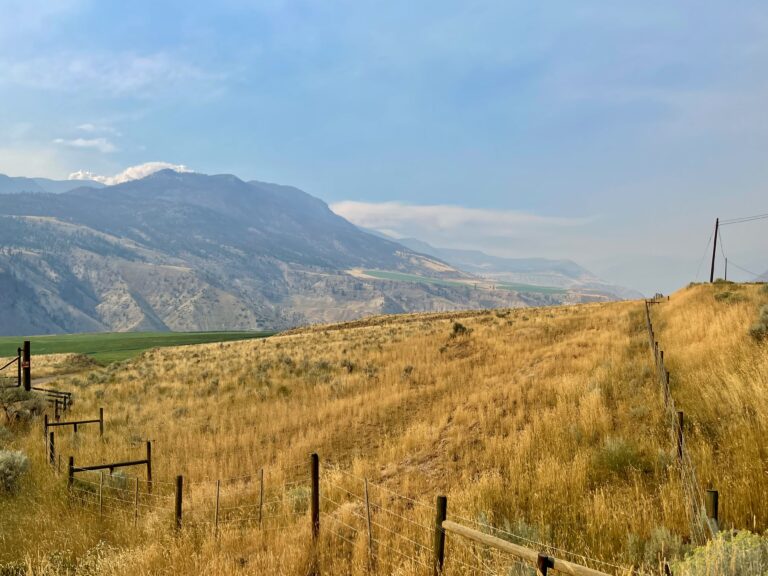
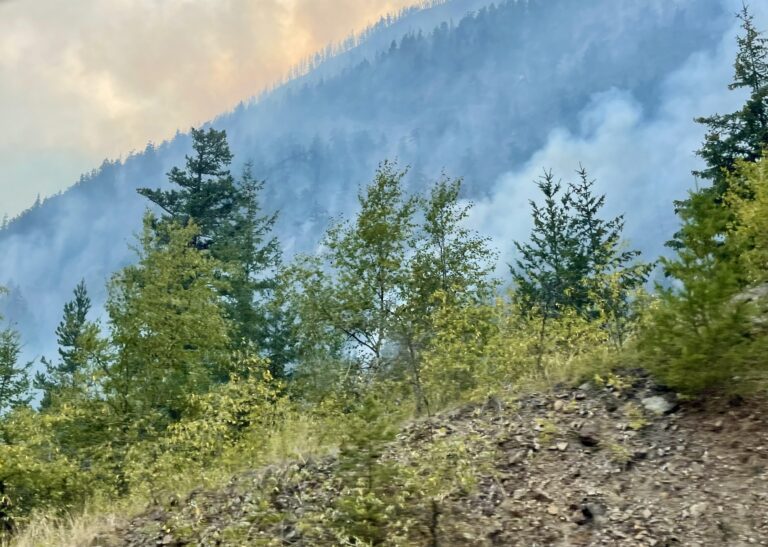
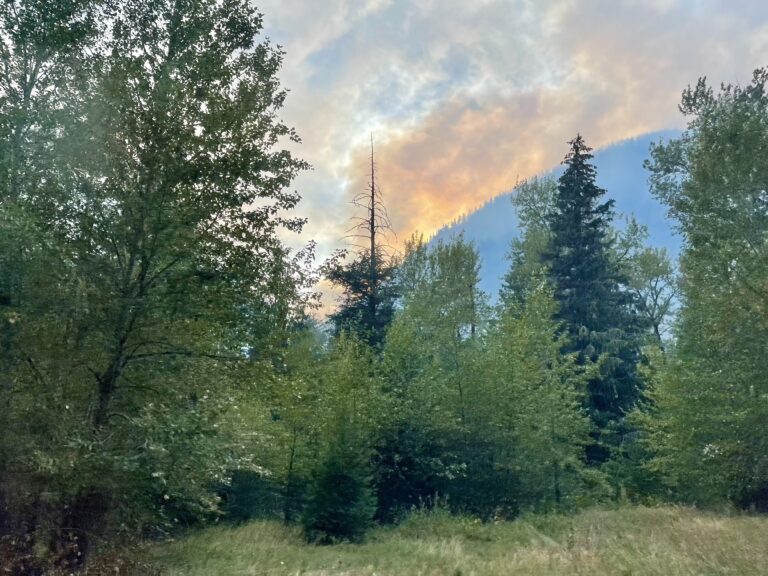
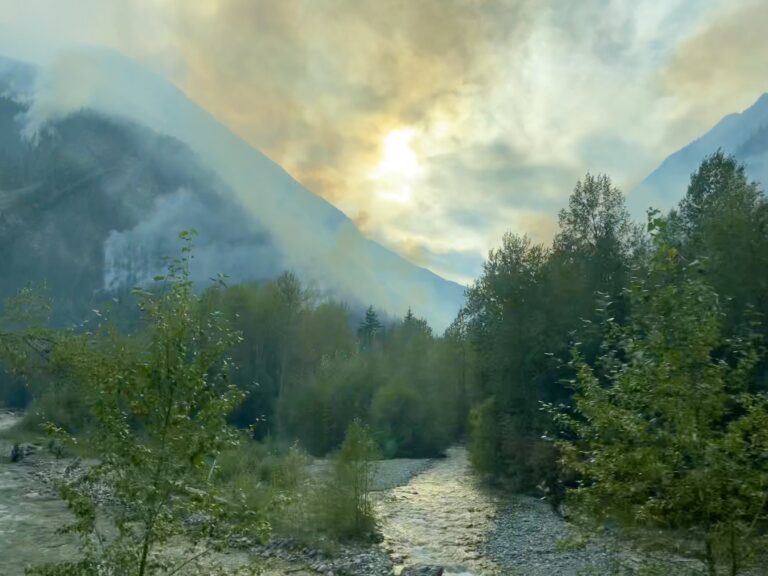
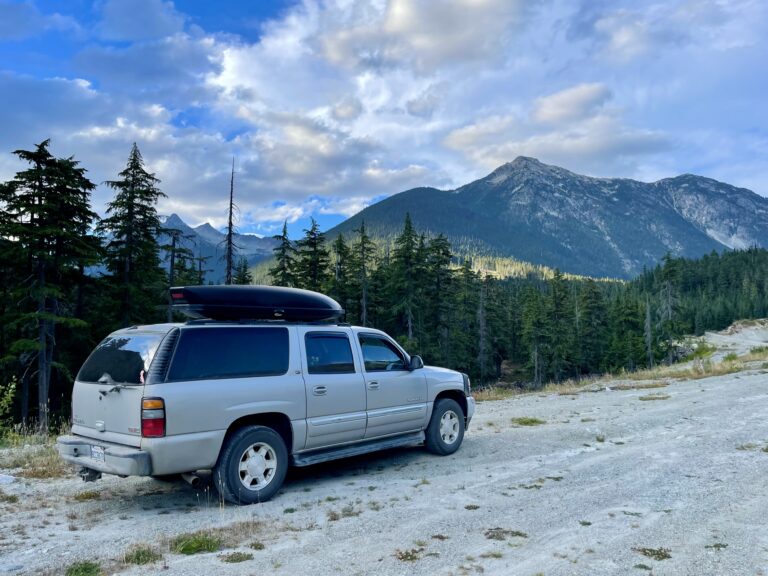
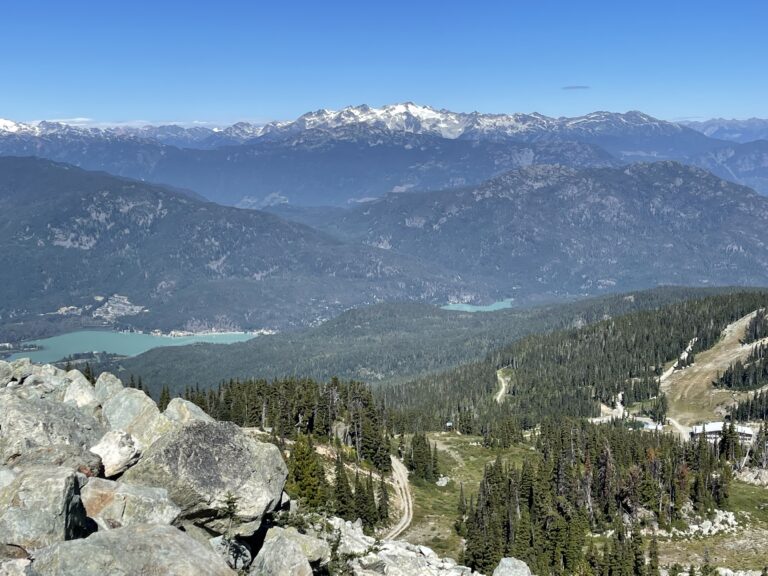
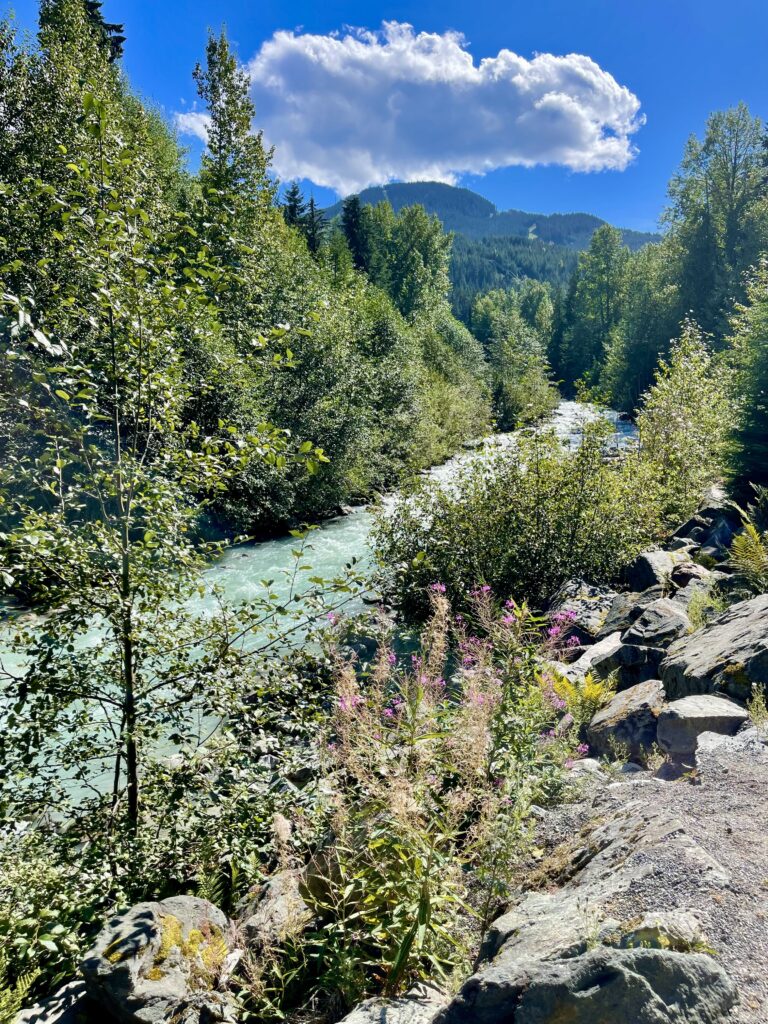
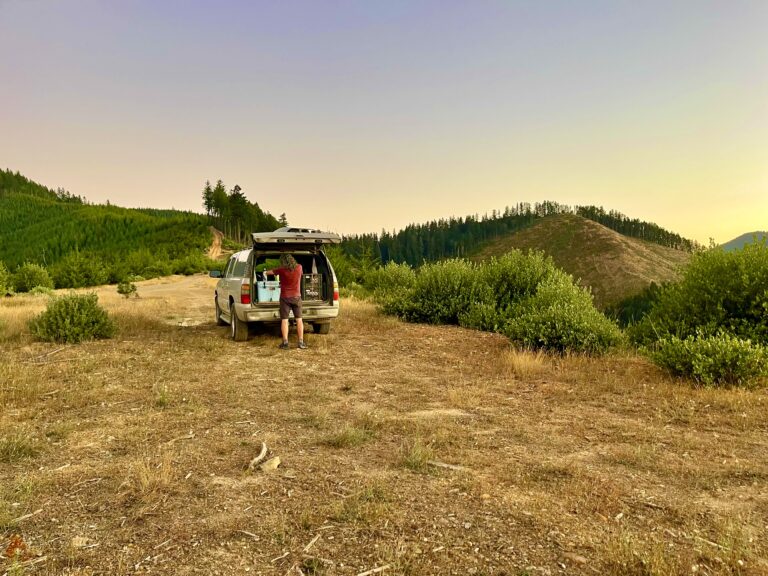
One Response
So glad you made it. Well told. Thanks for taking me along and inspiring adventure!